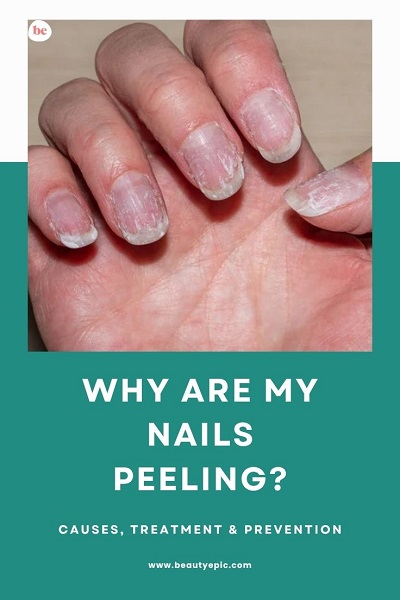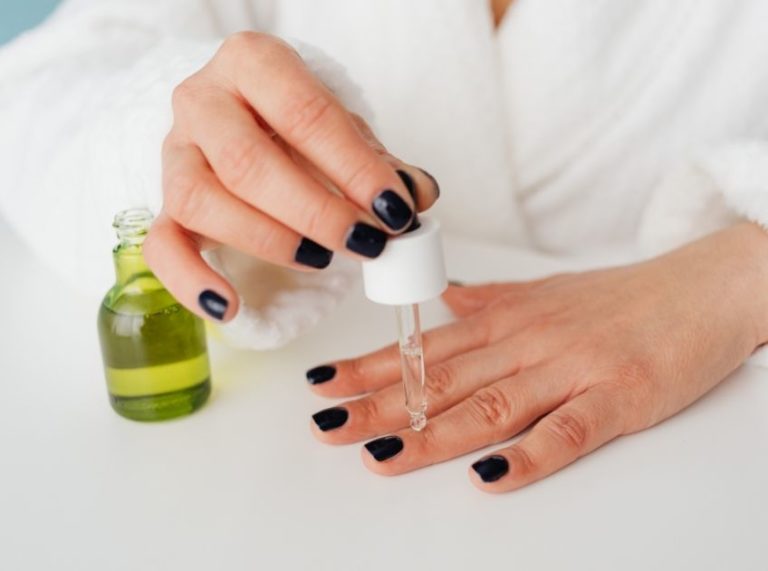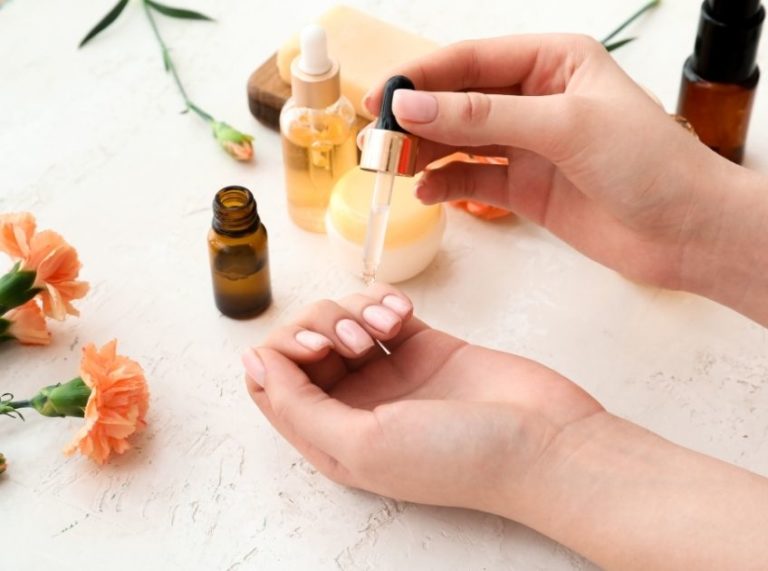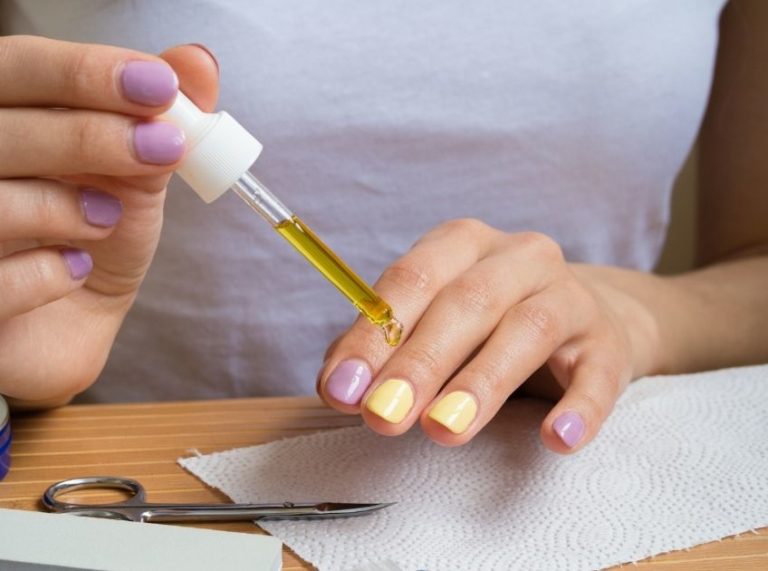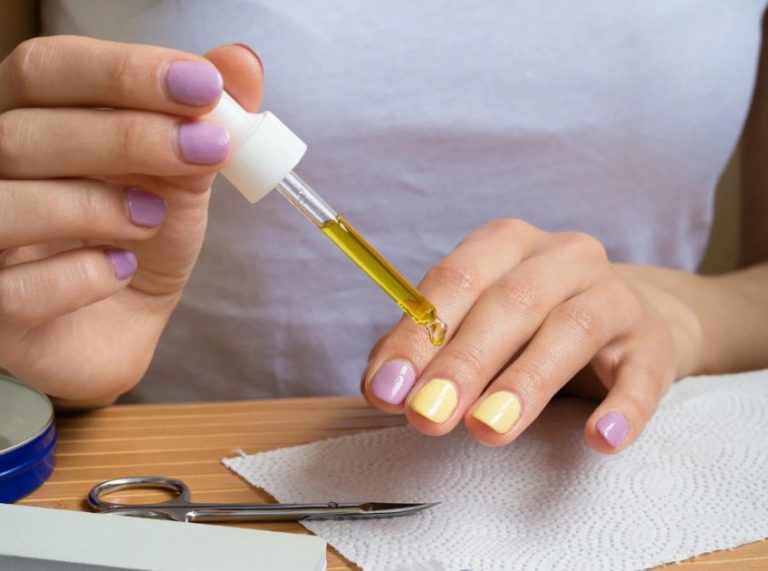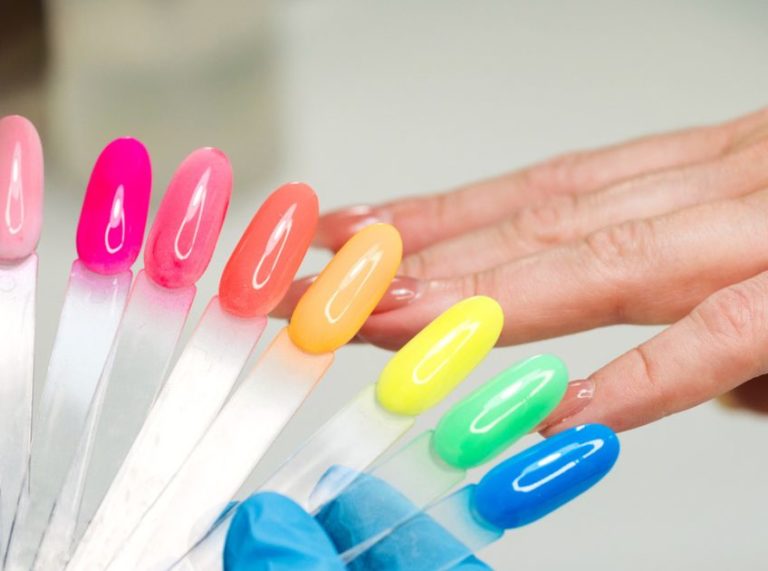
Important: This article is for informational purposes only. Please read our full disclaimer for more details.
Are your nails splitting, flaking, or peeling in layers? While often brushed off as a beauty hiccup, peeling nails can be your body’s subtle cry for help. Whether it’s due to your daily habits, product overuse, or an internal imbalance, understanding what’s happening beneath the surface is key.
This post dives into the causes of nail peeling, how to fix it at home, and when to take it seriously, backed by science and expert insights.
What’s Causing My Nails to Peel? Uncover the Root Problems
Peeling nails (also called onychoschizia) result from the separation of nail layers due to damage, dehydration, or nutrient deficiency. Here’s a detailed look at the most common causes:
Table: Common Causes of Peeling Nails and Their Effects
| Cause | Explanation | How It Affects Nails | |
|---|---|---|---|
| Repeated Exposure to Water | Frequent handwashing, dishwashing, swimming, or soaking nails. | Weakens keratin, causing nail layers to expand/contract and peel. | |
| Harsh Nail Products | Use of acetone-based removers, gel polish, acrylics, or frequent salon treatments. | Dehydrates nails and strips natural oils, leading to brittleness and peeling. | |
| Vitamin/Mineral Deficiency | Lack of biotin, iron, or zinc in the diet. | Impairs keratin production, making nails soft and prone to splitting. | |
| Environmental Damage | Exposure to dry air, detergents, or cold weather without protection. | Dries out nails and cuticles, causing flaking and cracking. | |
| Underlying Health Conditions | Conditions like hypothyroidism, anemia, or psoriasis. | Nail changes can be an early symptom—look for persistent or widespread peeling. |
- Repeated Exposure to Water:
Constant handwashing, swimming, or soaking dishes weakens the keratin in nails, making them soft and easy to peel. The wet-dry cycle causes expansion and contraction, which leads to cracks. - Harsh Nail Products and Removers:
Acetone-based nail polish removers, gel polish, and acrylics can dehydrate the nail plate. These chemicals strip the nail’s natural oils, leaving it brittle and vulnerable. - Vitamin or Mineral Deficiency:
Low levels of biotin, iron, or zinc can impair keratin production. Biotin (vitamin B7), in particular, supports nail strength and flexibility. Deficiency results in soft, peeling nails that split easily. - Environmental Damage:
Dry climates, central heating, and exposure to detergents without gloves can rob nails of moisture, just like skin. - Health Conditions:
Conditions like hypothyroidism, anemia, and psoriasis can manifest first through nail changes before other symptoms become noticeable.
A 2018 review published in Skin Appendage Disorders confirms that biotin deficiency and hypothyroidism are frequently linked with brittle or peeling nails (1).
When to See a Doctor: Is It More Than Just Dry Nails?
Occasional peeling is common. But when it becomes chronic or is paired with other symptoms, it might be signaling a medical issue:
- Pale or spoon-shaped nails + fatigue? This may indicate iron-deficiency anemia.
- Peeling with yellowing or ridges? It could be linked to fungal infections or psoriasis.
- Painful nail beds or thickening of skin around the nails may point to an autoimmune disorder.
If nail peeling doesn’t improve with basic care after 4–6 weeks, it’s best to consult a dermatologist or primary care physician for deeper evaluation.
How to Repair Peeling Nails at Home: Step-by-Step
You don’t always need a salon visit to restore nail health. Try these home-based remedies:
- Moisturize Daily:
Apply cuticle oil or a thick hand cream that contains lanolin, urea, or glycerin to your nails and cuticles at least twice a day. - Use a Gentle Nail File:
Smooth the peeling edges with a fine-grit file to prevent further tearing. Always file in one direction, not back and forth. - Nail Soaks:
Soak nails in warm olive oil or coconut oil for 10–15 minutes a few times a week. This helps restore flexibility and locks in moisture. - Strengthening Treatments:
Look for nail hardeners that contain keratin, calcium, or biotin-infused formulas—avoid products with formaldehyde, which can worsen brittleness. - Protective Measures:
Wear gloves when doing household chores. Also, avoid long water exposure and harsh soaps.
How to Stop Peeling Nails Before They Start: Prevention Tips That Work
Prevention is powerful. Build these habits into your routine to keep your nails healthy and intact:
- Hydrate Inside and Out:
Drink enough water and moisturize your hands and nails often, especially in dry weather. - Avoid Harsh Products:
Say no to frequent use of gel polish, acrylics, and acetone-based removers. - Keep Nails Trimmed:
Shorter nails are less prone to breakage and peeling. Trim them straight across and gently round the tips. - Eat Nail-Friendly Foods:
Include eggs, almonds, fish, leafy greens, and legumes to get your daily dose of biotin, zinc, and iron. - Take Breaks From Polish:
Let your nails breathe every few weeks. Use breathable or water-permeable nail polishes if needed. - A clinical trial published in Cutis found that participants who took 2.5 mg of biotin daily experienced improved nail strength and fewer splits within 6 months (2).
Frequently Asked Questions (FAQ’S)
Q1. Will peeling nails grow back to normal?
A. Yes. With consistent care, hydration, and protection, new nail growth will typically be healthy. It takes about 6 months for fingernails to fully grow out.
Q2. Is gel polish bad for peeling nails?
A. Yes, especially during the healing phase. The curing process and acetone removal can weaken nails further. It’s best to skip gel polish until your nails fully recover.
Q3. Can I use a nail strengthener every day?
A. Yes—but choose one without formaldehyde. Apply as directed (usually every other day or weekly), and always pair with moisturizing treatments.
Stronger Nails Are Within Reach
Peeling nails may seem like a small cosmetic issue, but they can reflect bigger health or lifestyle concerns. With targeted care—hydration, gentle grooming, nutrition, and smart product choices—you can reverse damage and prevent future peeling. Pay attention to persistent symptoms, and don’t hesitate to seek professional advice if needed. Your nails deserve as much attention as your skin and hair—treat them well, and they’ll shine with strength and vitality.
